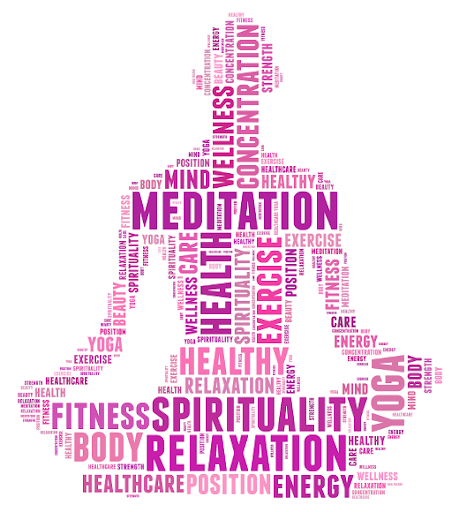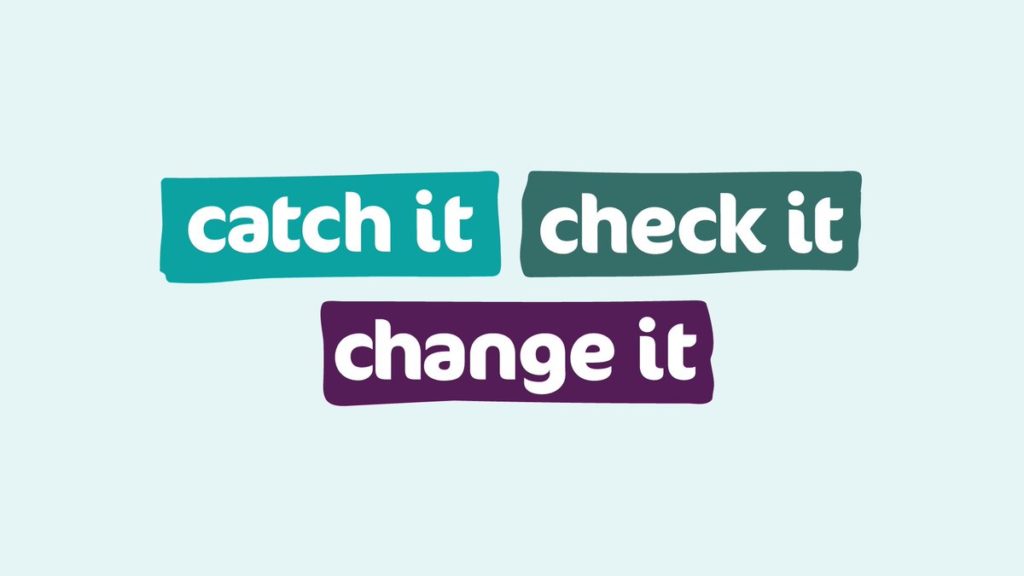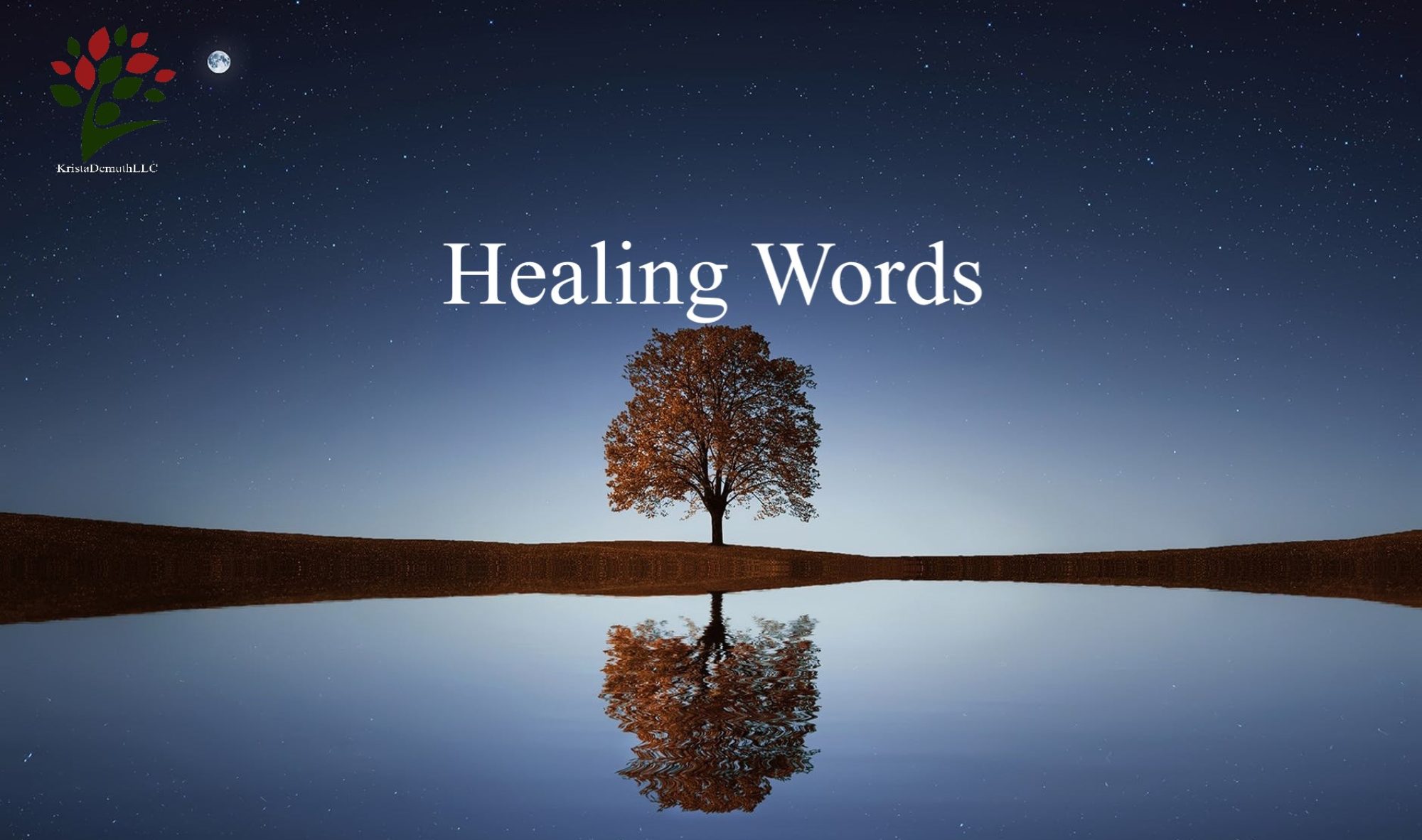
Our state recently extended its shelter at home orders for another month. Many people in the area are experiencing higher levels of anxiety. This would be completely understandable. There are many unknowns about the pandemic. How will the extension effect workers, the national economy, and the global economy? You may find yourself worrying about day to day living. You may be someone that is feeling secure right now, but worried about how you would do if the shelter at home orders are extended into the summer. You may be worried about your child’s education as they are now learning from home. Some people are afraid of martial law and finding themselves in a post-apocalyptic world. My point being, there are lots of things that you can find yourself worrying about in these uncertain times. Is anxiety our new normal?
Humans like to feel safe. We like to feel secure. When we are faced with uncertainty, our brains perceive this as a threat and can begin the anxiety cycle. Anxiety is incredibly uncomfortable. It robs us of our peace of mind. It can rob us of sleep as our racing, anxious thoughts keep us up at night. You can experience a plethora of physical symptoms related to anxiety: increased heart rate, sweating, fatigue, shaking, higher blood pressure, feeling hot or cold, dizziness, upset stomach, diarrhea, and difficulty concentrating just to name a few.
What You Can Do
Calm the Body

So, what can you do? We can’t control the future. We don’t know what’s going to happen in the upcoming weeks and months. What you can do is break the brain/body connection that happens in the anxiety cycle. This is a two-step process. The first step is to calm your body. This can be done in various ways. In general, therapists recommend practicing deep breathing, mindfulness, and/or relaxation techniques. Stretching, devotionals, going for a walk, listening to music, paying attention to how your body feels, and inhaling through your nose and out through your mouth are all examples of ways you can do these techniques.
Calm The Brain
It is important to remember that the brain want to keep you safe. When the brain perceives a threat, it starts the anxiety cycle of fight/flight/freeze. We can calm our bodies down enough to send a signal back to the brain, so we are no longer having those physical symptoms, but that does not do much for the racing thoughts that go along with anxiety. This is where the second step to managing anxiety is so important: cognitive work. The goal in the cognitive (or thinking) step is to either reframe your anxious thoughts or stop your anxious thoughts. Both are effective ways to change your thinking. An example of a way to reframe an anxious thought would be to remind yourself that this lockdown will end. Too many people are saying to me “what if it doesn’t end.” We don’t know when it will end, but we do know that it will end. Thought stopping is exactly like it sounds you tell yourself to stop thinking about whatever anxious thought you are thinking about. Then get busy. Do something else. Take your mind off of the anxious thought. Another method of thought stopping includes visualization. You can imagine a brick wall popping up in front of your anxious thought. You can imagine a stop sign or an open hand coming against your anxious thought. With visualization, the skies the limit.

This time is challenging for many people. It’s normal to feel anxiety when there is so much uncertainty. The good news is you can learn how to manage anxiety. Wouldn’t this entire experience be a bit better if your anxiety wasn’t controlling your life? If you need help managing anxiety, please reach out to a professional in your area. Remember, many of us are offering video sessions for therapy.
Drop me a comment below and let me know how you are handling the current pandemic. I would love to hear from you.
To Health, Hope, and Healing
Krista
